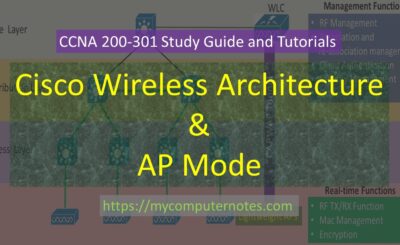This section is about the switching techniques and the different types of switching employed in data communication for the exchange of information between the hosts.
What is Switching Technique
In a computer network, there might be multiple paths for sending information from sender to receiver. The information are switched through various network devices and travels through communication media.
Different Types of Switching Techniques
Switching techniques are broadly classified into three categories:
- Circuit Switching
- Message Switching
- Packet Switching
Circuit Switching
In a circuit switching, a direct connection or dedicated path is established between the source and destination.
The dedicated path remains connected until the sender completely transmits the information to the receiver and terminates the connection. Routing decisions must be made when the connection is first established. Once the connection has been initiated and conveyed to the destination, the receiving end must acknowledge the sender that it is ready to receive the information. Then, the sender ensures that the destination is ready to receive the information, the exchange of information between them occurs. The telephone network is an example of a circuit-switched network.
Message Switching
In message switching, store and forward technique are used to transfer data from source to destination. There is no concept of establishing a dedicated connection for the data transfer. The data is sent as a message and routed through intermediate nodes using store and forward methods.
while sending messages from source to destination, the source station adds the destination address to the message. Each message moves through intermediate nodes as an independent unit. Each intermediate node receives the incoming message, stores them temporarily, and then forwards to the next node towards destination through an available transmission channel.
Packet switching
The concept of packet switching evolved after the shortcomings of message switching. In message switching, the entire message is taken as the single independent unit. But in packet switching, the entire message is broken down into smaller units called packets. Each packet is composed of payload and header information. The header information includes a source address, destination address, and other control information. These smaller chunks of packets can be independently transmitted from the source through multiple routes for each packet and reassembled to its destination The intermediate nodes require fewer resources in order to switch these packets from one to another using store and forward technique.
Packet switching utilizes efficient use of channel bandwidth. There is no need for a dedicated circuit to be established between source and destination.
Each packet may use different path whichever may be suitable. Hence, it is more fault-tolerant than circuit switching.






